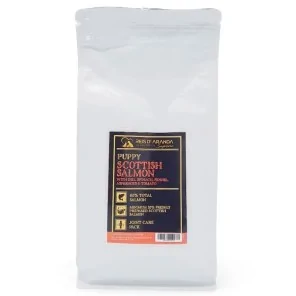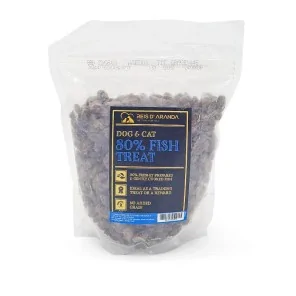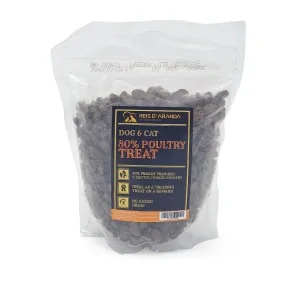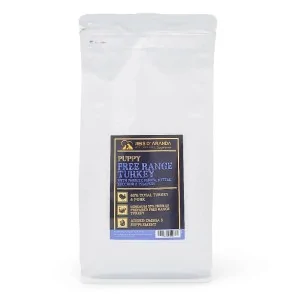Its name says it all: the Vienna blue rabbit comes from Austria. Not only is it beautiful with its shiny blue-grey...
CLEFT PALATE IN DOGS
INTRODUCTION
When a puppy arrives to the family one of the first things we must do is to go to a vet for the first routine check up, this check up will be a complement to the one done by the breeder prior to delivery, one of the first things we will have to check is the mouth and eyes to detect any abnormality that could complicate the life of our pet, such as the ‘cherry eye’, the ‘malocclusion’ and the cleft palate. Cleft palate in dogs, also called ‘palatoschisis’, is a congenital defect that can affect puppies and forms an abnormal connection of varying severity between the mouth and nose.
WHAT IS CLEFT PALATE?
The palate is the anatomical structure that divides the nasal cavity from the oral cavity and involves different structures. When we talk about cleft palate we refer to an abnormal communication between the oral and nasal cavity, as well as with the maxillary sinus; this abnormal connection has different degrees of severity.
Depending on the structures affected, there are two types of cleft palate:
- FIRST: it is formed by the incomplete closure of the lip and premaxillary causing cleft lip, which can be unilateral or bilateral. It is important to note that cleft lip does not impair the quality of life of the dog or the normal functioning of the affected structures and therefore the correction is considered purely aesthetic.
- SECONDARY: affects both the soft and hard palate and causes an abnormal communication between these cavities and can be primary, in which the cleft lip or primary cleft is generated. Thus, secondary cleft palate can lead to cleft lip in dogs.
CAUSES OF CLEFT PALATE
The causes of craniofacial malformations are multifactorial (they do not have a single cause). In some cases their genetic basis is clear because one of the parents is affected or in previous litters the same case has occurred, so these dogs should be ruled out as breeders because there is an obvious or hereditary factor, but it can also be acquired during gestation.
The most prone breeds are brachycephalic breeds and there is a special emphasis on bitches.
On the other hand, it is also known that numerous teratogenic agents (agents producing congenital malformations) to which the pregnant bitch is exposed can cause cleft palate:
Toxins
Drugs
Nutritional deficiencies
Infectious and parasitic agents
Mechanical causes
X-rays (this should be performed in the last week of gestation, when the puppies are already formed, and is used to count the exact number of puppies, measure their size and see their position in the womb).
IS A PUPPY WITH A CLEFT PALATE VIABLE?
But what about puppies with cleft palate or cleft lip? Puppies affected by this malformation have breathing difficulties and are unable to perform the vacuum in the oral cavity, so they are unable to perform the suction in the act of suckling, in the wild they are doomed to death by starvation/dehydration and asphyxia.
Aspiration pneumonias and rhinitis are common due to the passage of food content into the airways through the abnormal connection between the mouth and nose, so they must be exclusively tube fed and even then survival to a safe age for surgery is extremely poor.
HOW CAN CLEFT PALATE BE SOLVED?
Treatment of cleft palate is purely surgical and is carried out when the puppy is at least 8-12 weeks of age. Few puppies with cleft palate reach this age and many suffer from growth retardation.
CONCLUSION
Cleft palate is a complex malformation that can totally limit the life of the puppy or even prevent its viability. Depending on the complexity of the case, many puppies are euthanised at birth and few are viable enough to reach a safe age to be operated on and thus offer them the most dignified life possible.
Responsible reproduction and good care of the mother is also fundamental in this case, although there are small exceptions in which, while complying with everything that needs to be done, there are sporadic cases. It is our duty to be responsible with the puppies and try to do everything in our power to save them or, on the contrary, to be responsible enough to make the best decision for that animal (no matter how much it hurts).
Leave a comment
Log in to post comments
















